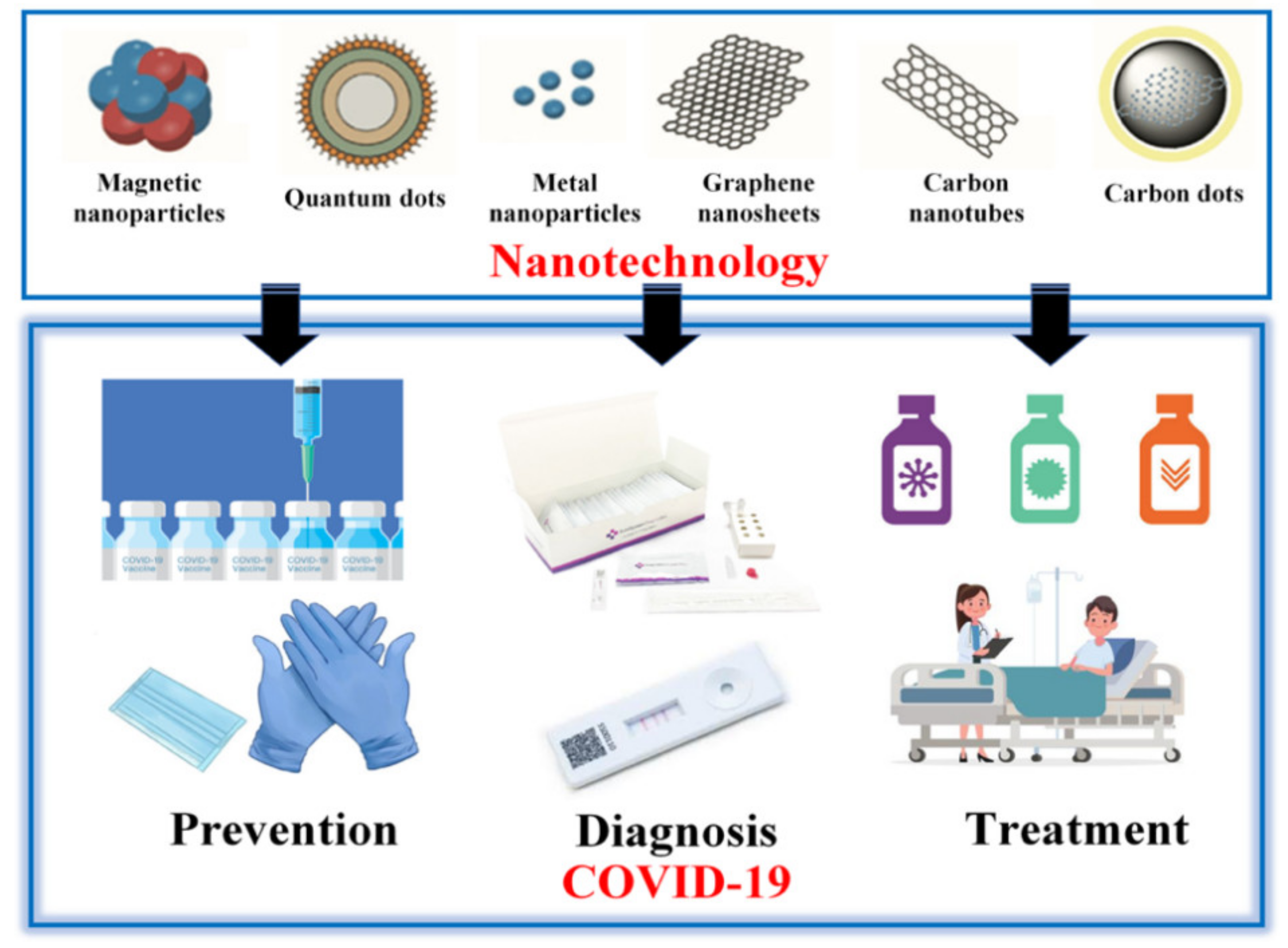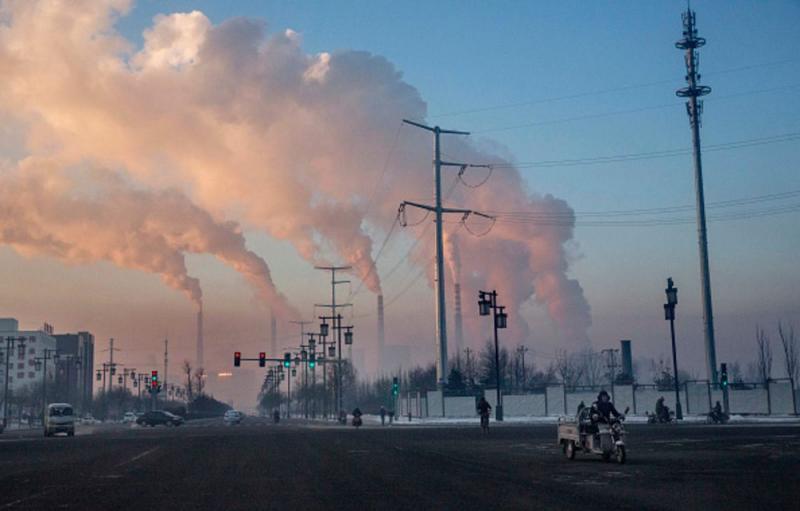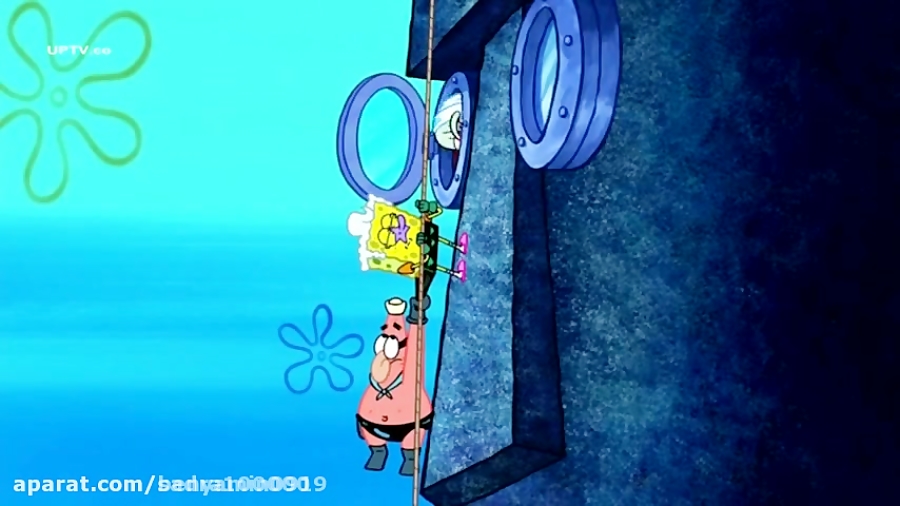

Formaldehyde, a colorless chemical used in mortuaries as a preservative, can also be found as a fungicide, germicide, and disinfectant in, for example, plywood, particle board, hardwood paneling, and the “medium density fiberboard” commonly used for the fronts of drawers and cabinets or the tops of furniture. Some of these chemicals are especially worrisome: bisphenol a (BPA) used as a plasticizer in hundreds of products from the lining of canned food to the receipts we receive for our credit card payments, is a known endocrine disruptor. Scientists barely understand what long-term dangers these substances may present to human health and the environment.

It is not surprising that chemicals are in our bodies as well, where literally hundreds of chemicals have been identified. Our kitchens are filled with detergents household sprays are made from a variety of solvents our walls and floors are made of ‘vinyl’ our foods are packaged in wrappings made of clear plastics our vegetables are grown with synthetic fertilizers and covered with pesticides our computers, desks, and mechanical devices are filled with synthetic materials. Industrially produced chemicals have become an essential ingredient in virtually all of our lives.
Ease diagnostics majec emission machines stallings nc archive#
We are grateful to the Journal of Public Health Policy for publishing this detailed examination of these documents and we hope it will stimulate further research into this important, and now public, archive of industry records. (Almost all of the references that are from this collection can be accessed by readers by clicking on the reference hyperlink.) This monograph is adapted from a report to the court that was originally produced for litigation on behalf of plaintiffs in PCB lawsuits. The documents from this collection (with the exception of privileged materials that Monsanto has not made public, and upon which we have not relied) are available on the website we have developed with Professor Merlin Chowkwanyun of Columbia’s Mailman School of Public Health. Through these law suits, an enormous trove of previously private Monsanto reports, papers, memos, letters, and studies have been made available to us and this paper is the result of our examination of these hundreds of thousands of pages. The focus of these lawsuits is the Monsanto Corporation, the sole producer of PCBs in the United States from the 1930s through 1977. More recently, we have been approached by attorneys representing government agencies on the West Coast of the United States which are seeking funds to abate PCB pollution in their ports, bays, and waterways. At that time, we wrote a Report to the Court about industry knowledge of the dangers of PCBs to workers and the environment. In about 2010, we began testifying in law suits brought by individuals who claimed that they had suffered from cancers, specifically non-Hodgkin’s lymphoma, because of polychlorinated biphenyls (PCBs) in their bodies.

Because of the rarity of historians who study this history, we have been asked to testify on behalf of workers who allege harm from these industrial materials and by state, county, and local governments who seek redress for environmental damages and funds to prevent future harm to children.

One book, Deceit and Denial, focused specifically on the chemical and lead industries. For the past three decades, we have written on the history of occupational and environmental health, authoring books and articles on lead poisoning, silicosis, asbestosis, and angiosarcoma of the liver, among other diseases.


 0 kommentar(er)
0 kommentar(er)
